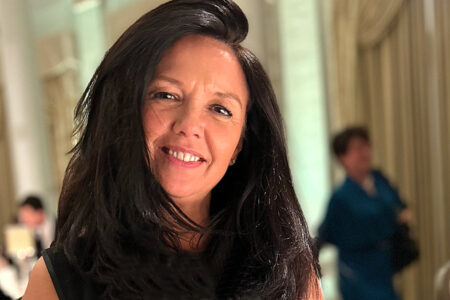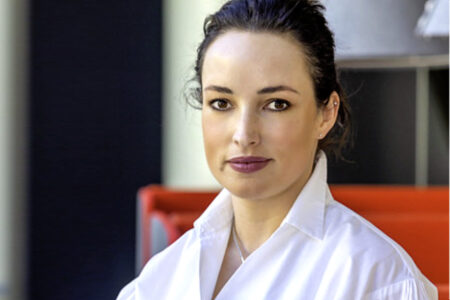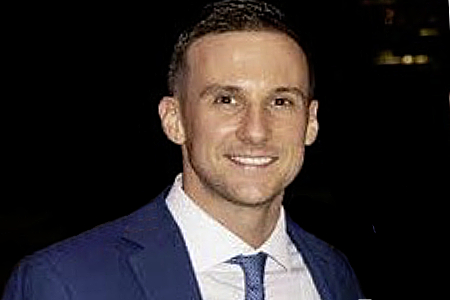At FILS 2023, Stephanie Fraser of Baillie Gifford and Katia Felina, head of post-trade product at Bloomberg, discussed the future in both Europe and the US for a T+1 settlement – noting that actually, despite all the stress, the solution has been around for some time…
Despite the concerns that have been permeating across the industry in the run-up to T+1, the audience at FILS seemed to feel little sense of urgency, with an informal pre-panel poll finding that almost 40% of the room had not yet started preparing for the switch, while no one was planning on launching US operations in response. But, as Fraser pointed out, “it’s something that you really do need to start considering.”
Much has been written on this already, and in detail, but coming at it from a fixed income angle, what are some of the key points to consider?

“Switch trades, matching timelines, currency forwards, hedging (if we can do it in time), and OIC trades (in the UK they settle T+3, so that needs to be addressed),” summarised Fraser.
“The SEC says trades must be matched by 7pm and affirmed by 9pm. That’s not just equities – it’s bonds as well. Our traders will usually leave orders working into US flows and book the trade the following morning and do FX throughout the day. But how does that look when you switch to T+1?,” she asked. “Either someone has to work a late shift, or you open up a US operation. If you don’t do that, then you’re missing half a day’s liquidity in the US.”
Switch trades are another headache. “If you sell a European corporate bond that settles T+2 to buy a dollar bond that settles T+1, you’ve got a funding gap straight away, and it’s unclear how that’s going to look,” said Fraser. “Are the SEC going to look favourably on banks that are consistently extending settlements for European clients?”

Bloomberg.
But, pointed out Felina, the answers are already out there, and they will come from linking trading technology and post-trade technology to create new opportunities.
“It’s a disease that we’ve had the vaccination to for a long time,” she said. “The solution has been on the shelf for years. STP and automation. It’s not yet widely adopted – possibly because post-trade is a bit like plumbing. If your pipes aren’t actually leaking, why go to the expense of ripping them out and replacing them? It’s the same with post-trade – sometimes it needs a regulatory nudge to make people open up Pandora’s box.”
The key element to examine is the prevention of fails. “For the trades that are failing now, what are the underlying causes, and can they be fixed at the root?” asked Felina. “That will take intensive data analysis.”
Whatever route you choose to go down, Felina stressed that automation was the key. “Whether structured messaging, centralised matching, centralised SWIFT protocols – you just need a process that doesn’t require manual intervention to complete. It’s all about fail prevention and STP, layered with automation on top of that.”
Fraser is also concerned with cut-off times, and thinks that the market needs to work together to address the issue. SEC estimate that the shift could cost the industry up to US$5.5bn to implement, plus additional compliance costs of around US$5m per institution. That’s a lot of compliance costs with so many other regulatory burdens also piling on.
But in Europe, both agreed that T+1 was still a long way off, with a lot more groundwork to be done, while other markets are also a long way away. Although we’re expecting a call for evidence from ESMA any day now, there is a lot to consider, change and coordinate before Europe could make the move.
The UK, on the other hand, is a more agile market and, with a taskforce on accelerated settlement already established, could edge ahead to follow the US first.
“The benefits are obvious,” said Fraser. “Alignment across jurisdictions takes away funding risk, and gives us the opportunity to put our cash to work a lot quicker.”
©Markets Media Europe 2023
©Markets Media Europe 2025












